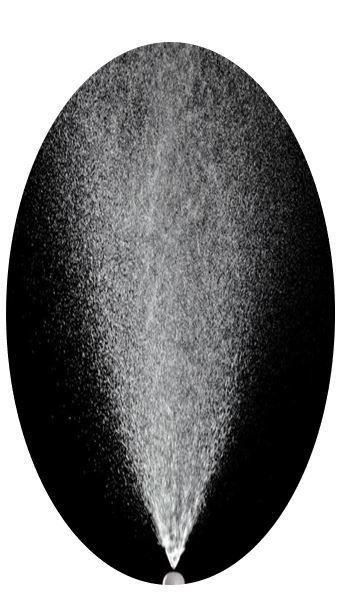- Clinical Technology
- Adult Immunization
- Hepatology
- Pediatric Immunization
- Screening
- Psychiatry
- Allergy
- Women's Health
- Cardiology
- Pediatrics
- Dermatology
- Endocrinology
- Pain Management
- Gastroenterology
- Infectious Disease
- Obesity Medicine
- Rheumatology
- Nephrology
- Neurology
- Pulmonology
Breaking: Novel Live-Attenuated Intranasal COVID-19 Vaccine Yields Significant Humoral, Cellular Immune Response
The intranasal delivery and live attenuated form of CoviLiv may strengthen immune response and vaccine acceptance and uptake in populations and regions where both are low.
Two doses of an investigational live attenuated COVID-19 intranasal vaccine produced broad humoral and cellular immune responses in a first in-human trial, according to research presented during a late breaking oral abstract session1 on Friday at IDWeek 2023.
©Lumos/stock.adobe.com

The findings are based on data from the randomized, placebo-controlled phase 1 CDX-CoV-001 clinical trial (NCT04619628) of CoviLivTM, a novel vaccine candidate that is derived from SARS-CoV-2/Wuhan, engineered to genetically convert the virus from disease-causing pathogen to stable, safe live-attenuated vaccine.2 The intent for the vaccine, according to a statement from CoviLiv developer Codagenix, Inc, is to "produce an immune response to the entire virus rather than the frequently mutating spike protein,"2 an effect that could yield more robust immunity and conceivably broader protection against COVID-19 variants, the company said.2
The intranasal delivery route is meant to mimic natural infection and to induce a localized immune response in the nasal cavity, explained lead study author Johanna Kaufmann, PhD, executive vice president for oncology and immunology at Codagenix Inc, in a pre-IDWeek press briefing on Tuesday.3 There currently are no approved live attenuated or intranasal vaccines against COVID-19.
CDX-CoV-001 was a dose escalation study of CoviLiv used a primary vaccination series in healthy adults to establish the vaccine's safety and tolerability.1
Data presented at the meeting highlighted the immune response to CoviLiv among participants in the study cohort that received the highest dose of 5x106 pfu (n=6/group).
Investigators characterized humoral immune response on days 1, 29, and 57 and analyzed T-cell functionality on days 1 and 36.
RESULTS1
On post-vaccination study day 57, after 2 doses of the intranasal vaccine, researchers reported a greater than 2-fold increase in spike-specific IgG among all participants, with a geometric mean fold rise of 19.5 (95% CI, 3.4 to 113.8).
Neutralizing antibodies at day 57 were induced 2.6-fold based on microneutralization assay and by 4.9-fold using pseudovirus neutralization assay(95% CI 1.0 to -7.0 and 1.4 to 16.6, respectively).
On post-vaccination day 36, after restimulation with a variety of SARS-CoV-2 peptides to mimic virus strains and variants, T-cell response increased by 2.5-fold in the study cohort receiving 1 dose and by nearly double that, 4.5-fold, in the 2-dose cohort, according to the study abstract. In contrast, researchers observed no increase in T-cell reactivity after restimulation with spike-only virus peptides, further highlighting T-cell response to multiple viral antigens beyond the spike protein.1
“The study findings provide a glimpse into what could be the next generation of COVID-19 vaccines that provide differentiated protection to more people,” lead author Kaufmann said.2 “Vaccine administration by nose and easier storage can increase access to vaccinations for underserved areas across the world.”2
CoviLiv does not require cold chain storage, according to Codagenix, which simplifies stockpiling in areas where refrigeration for vaccines is scarce.2 Intranasal administration provides an alternative to intramuscular vaccination, another feature that could promote vaccine uptake in areas with lower vaccination rates.2
